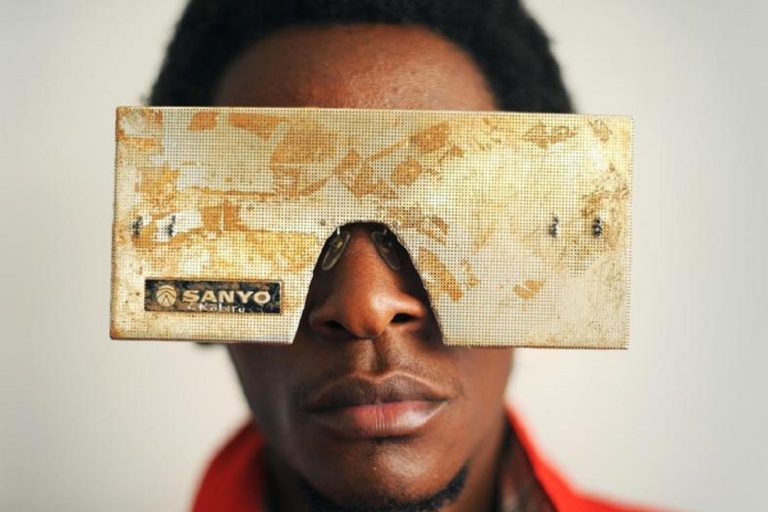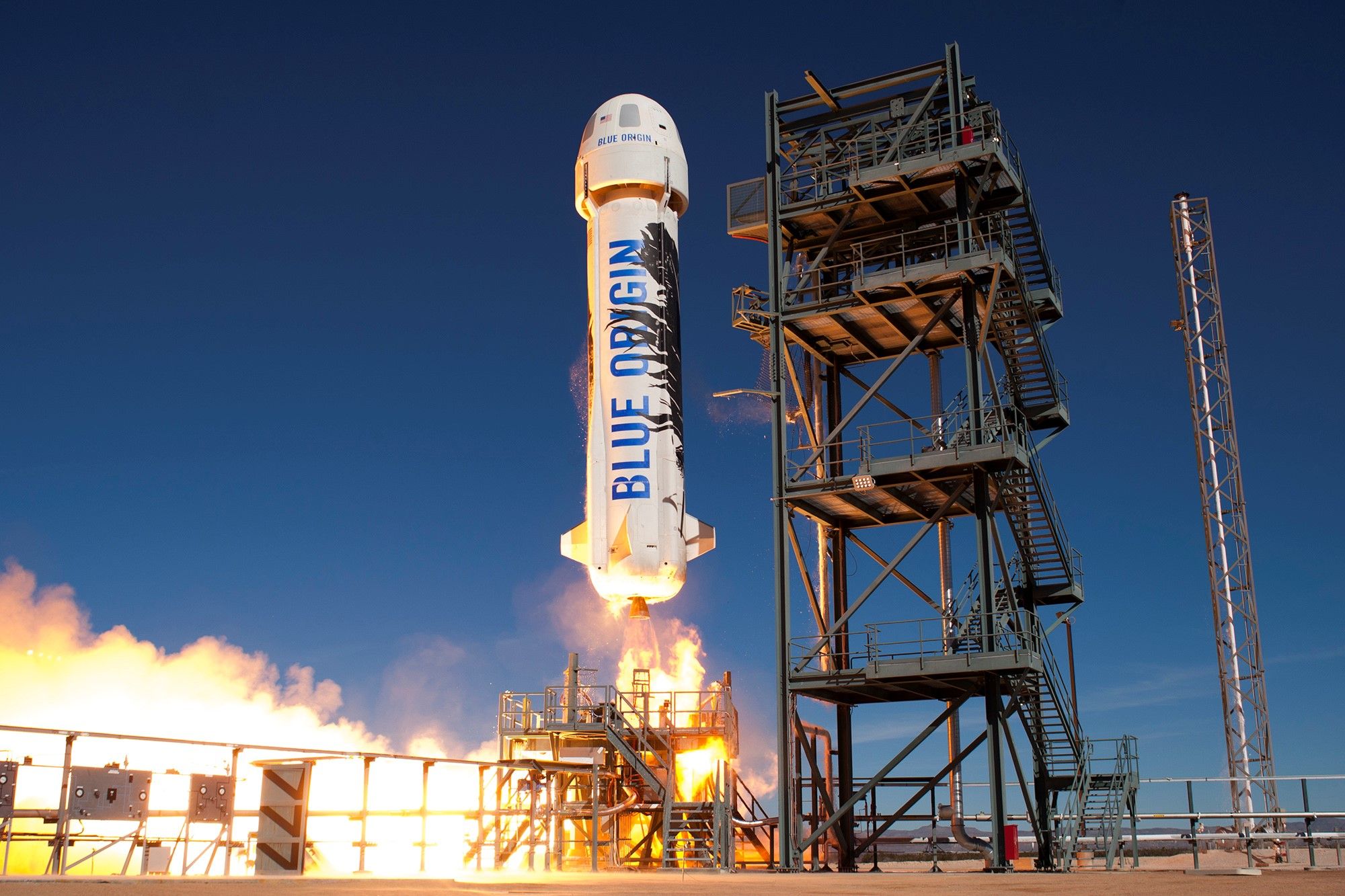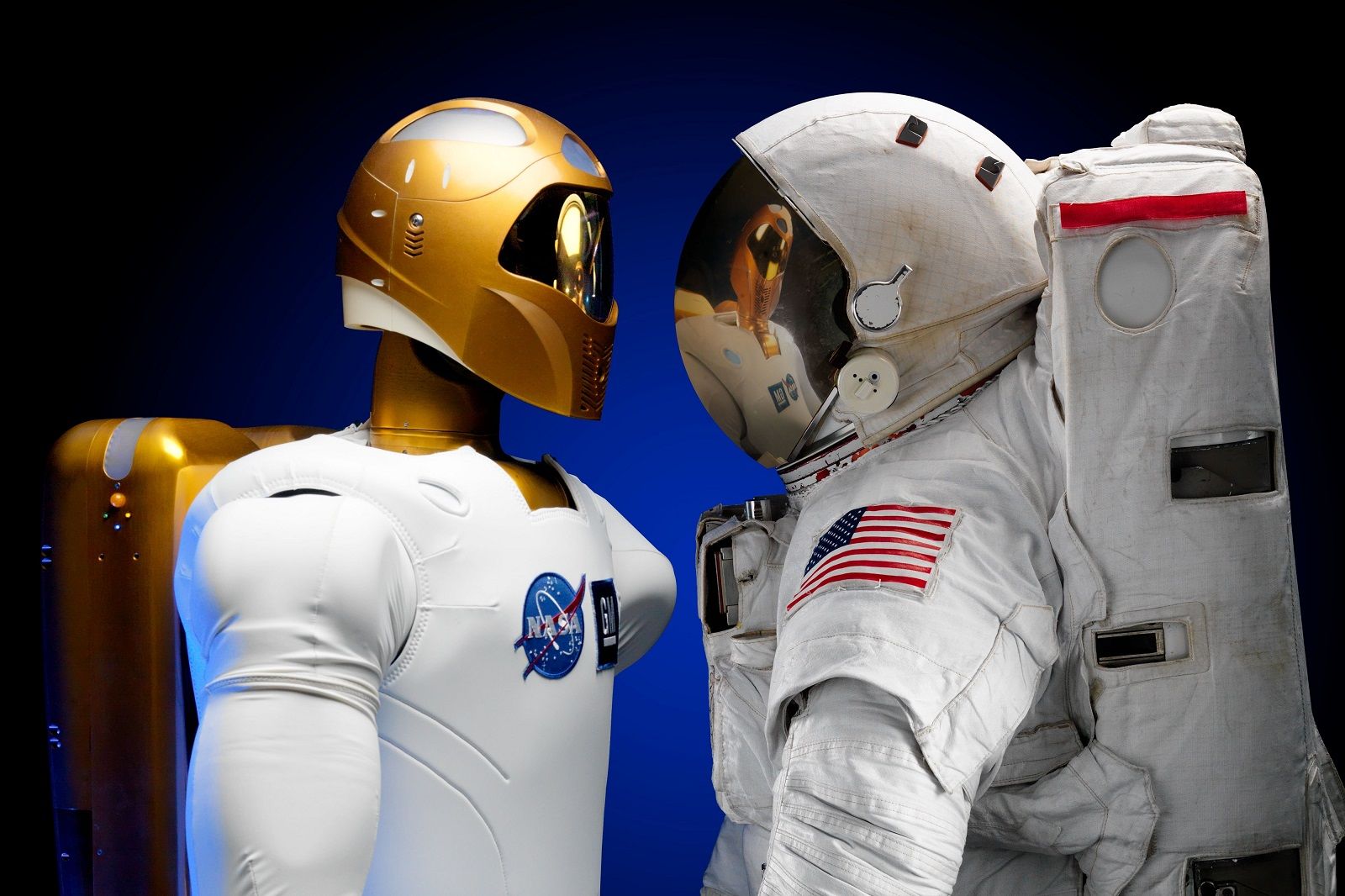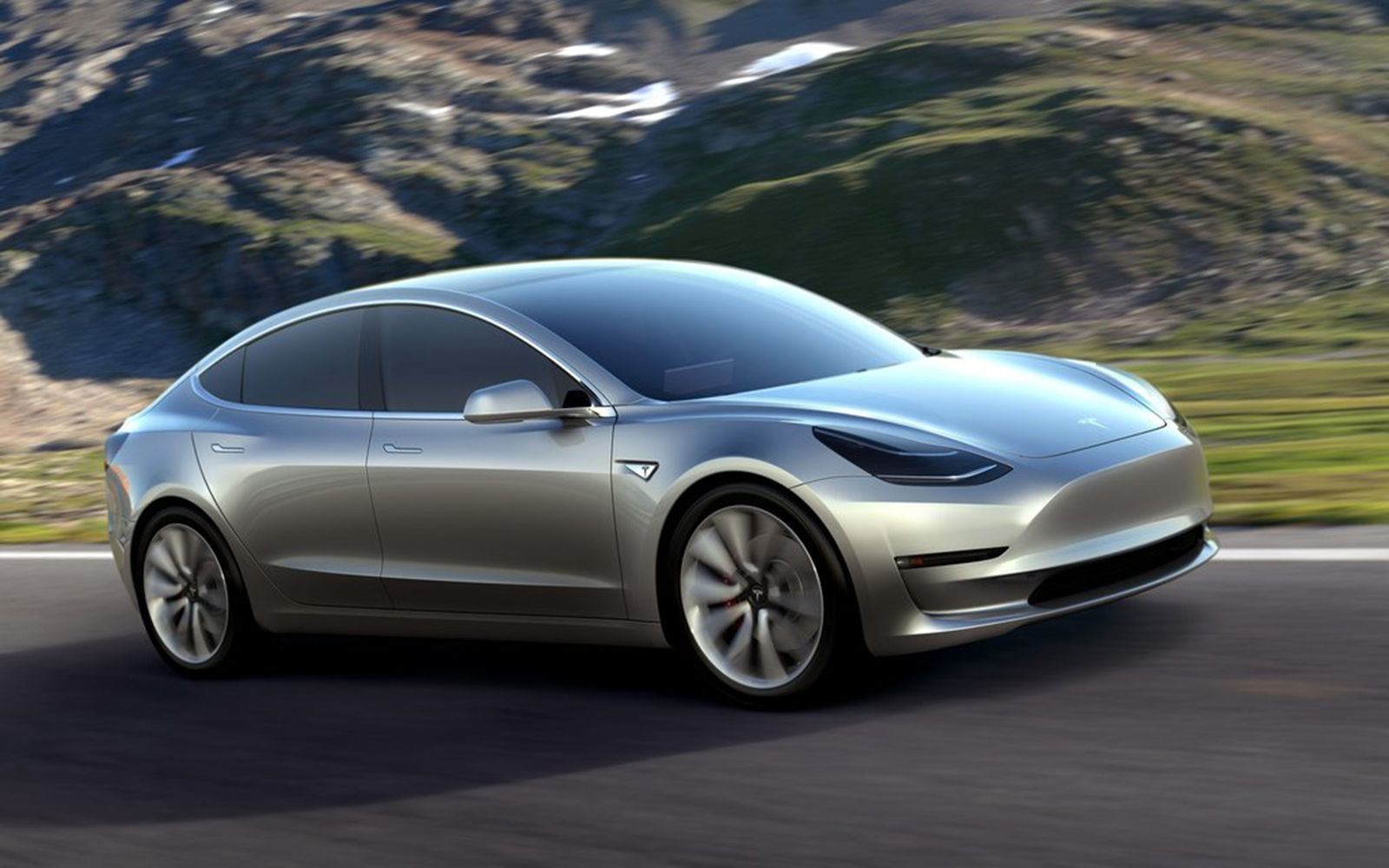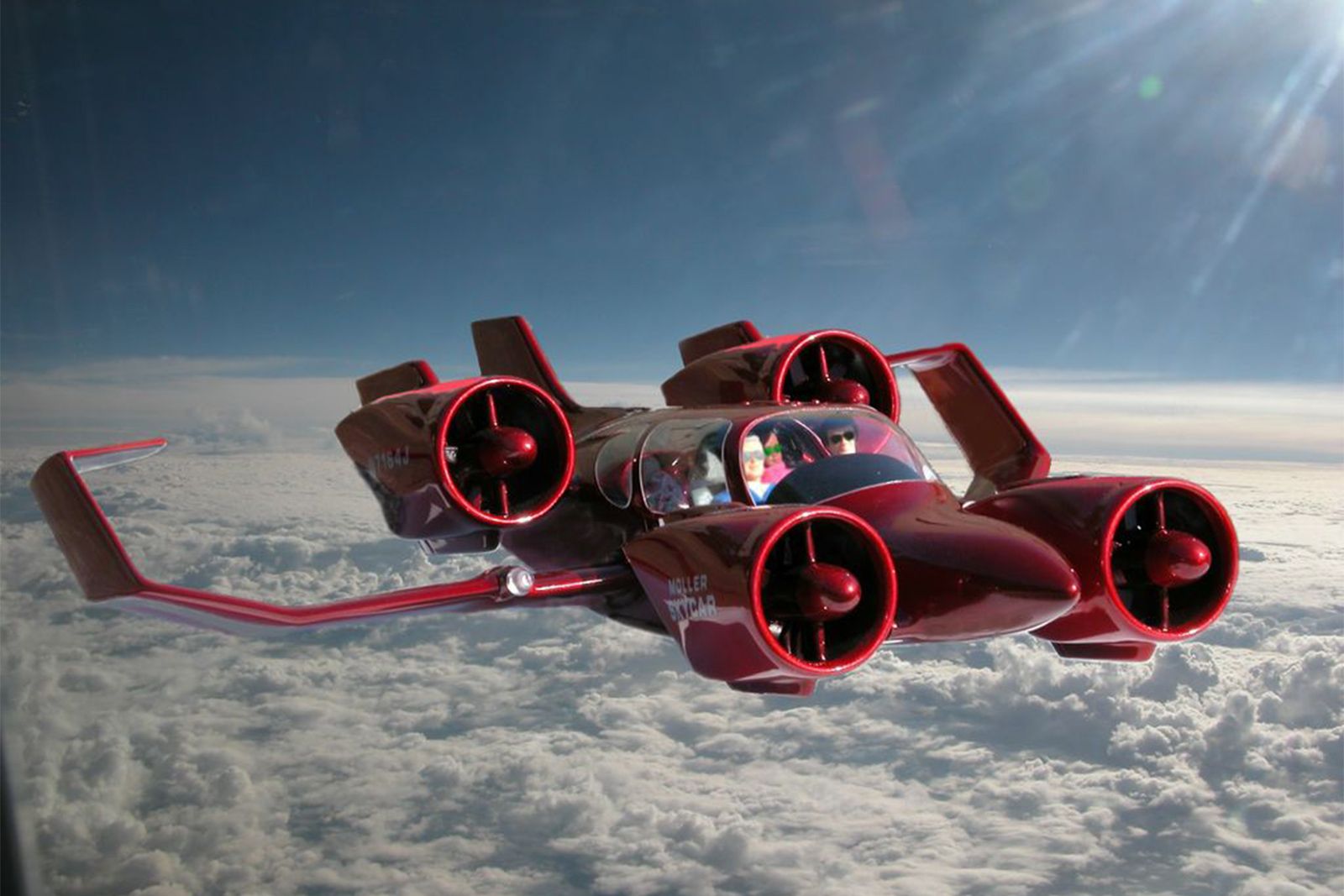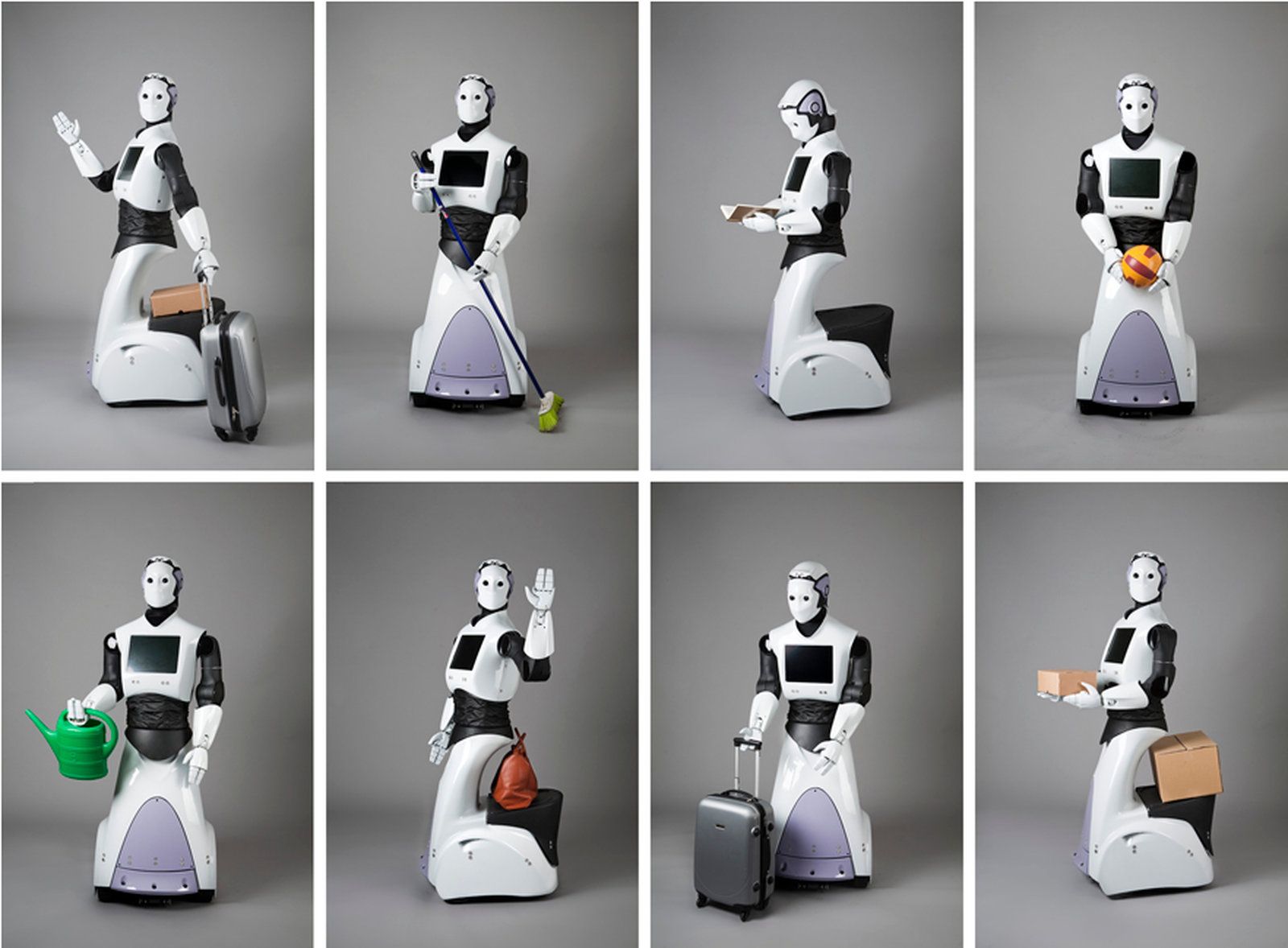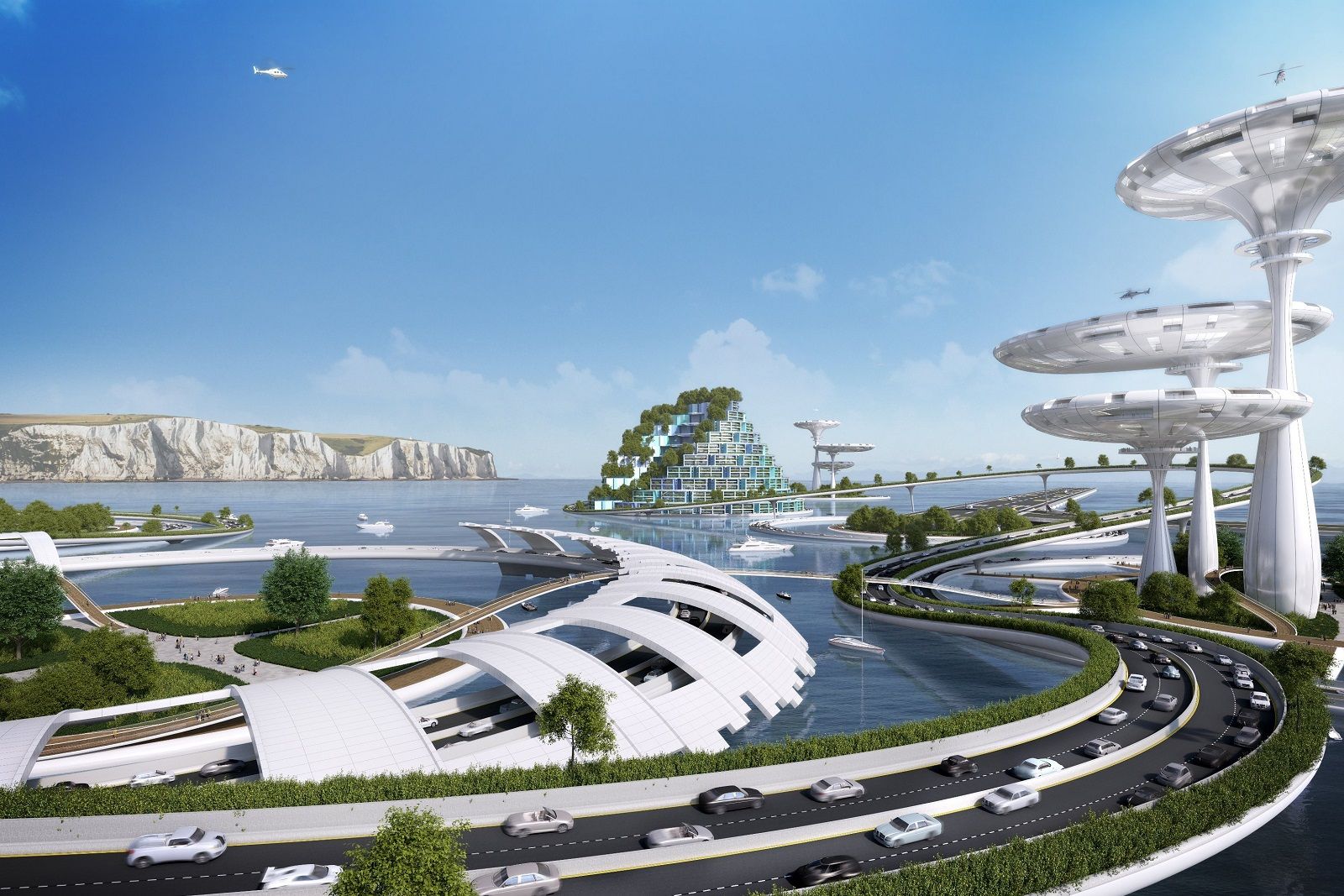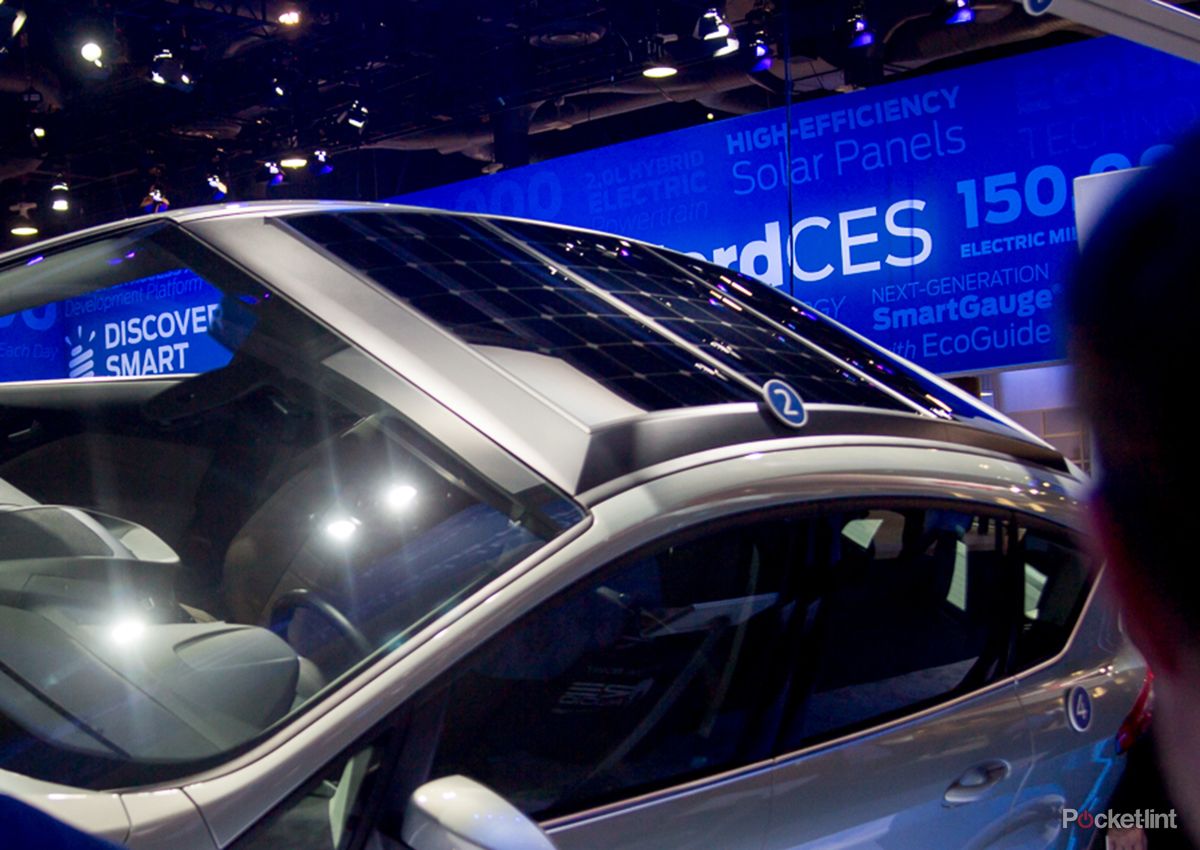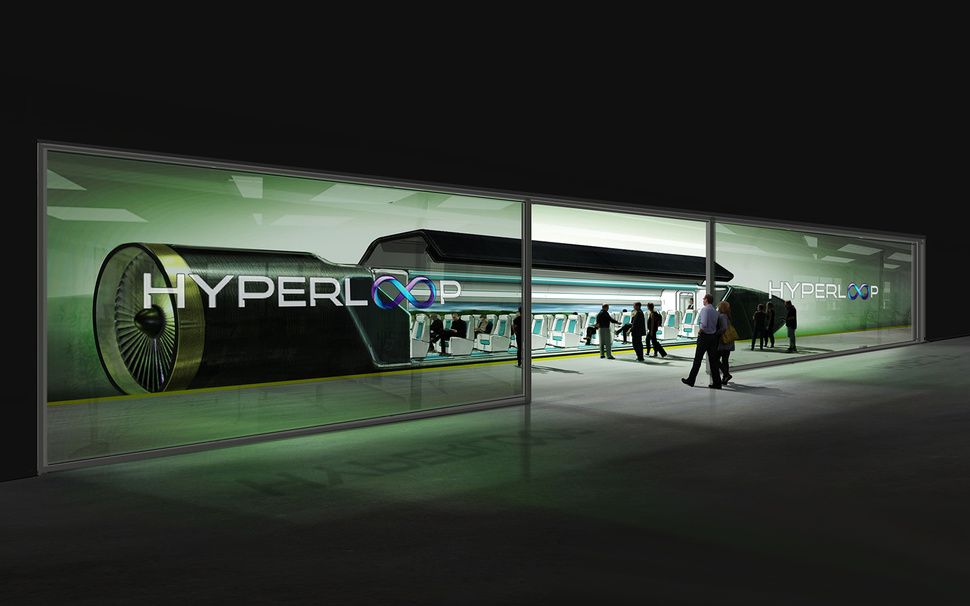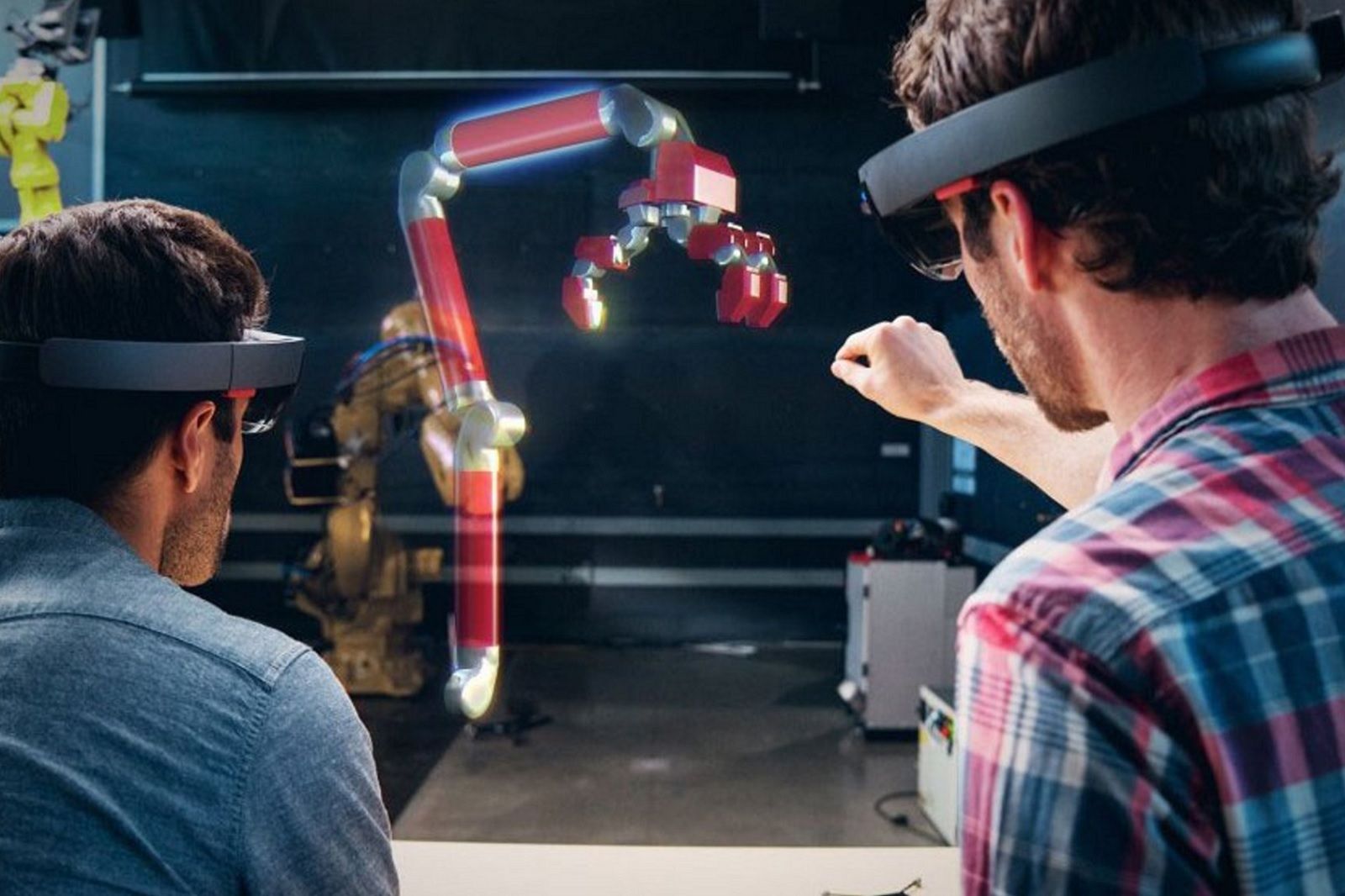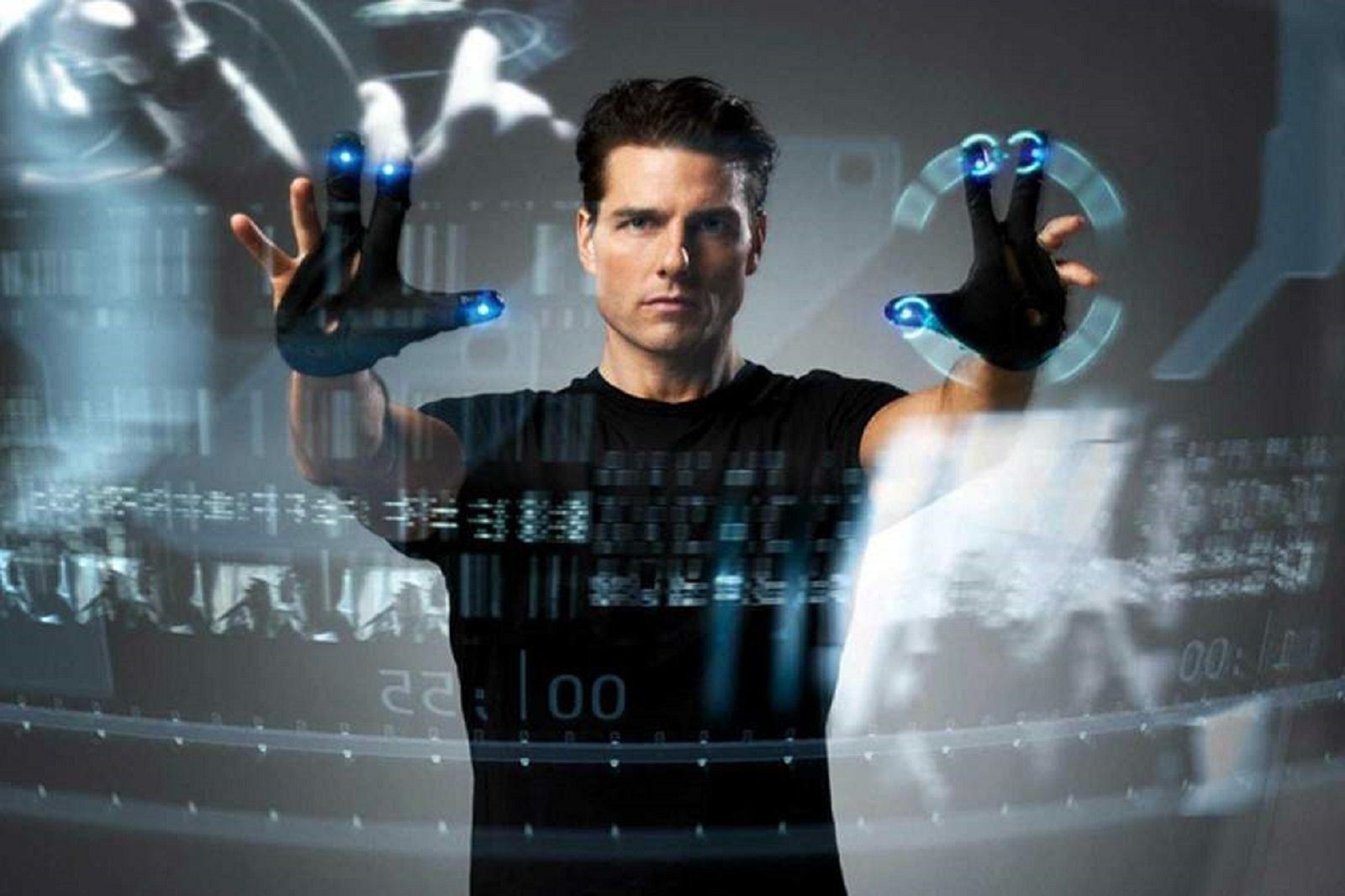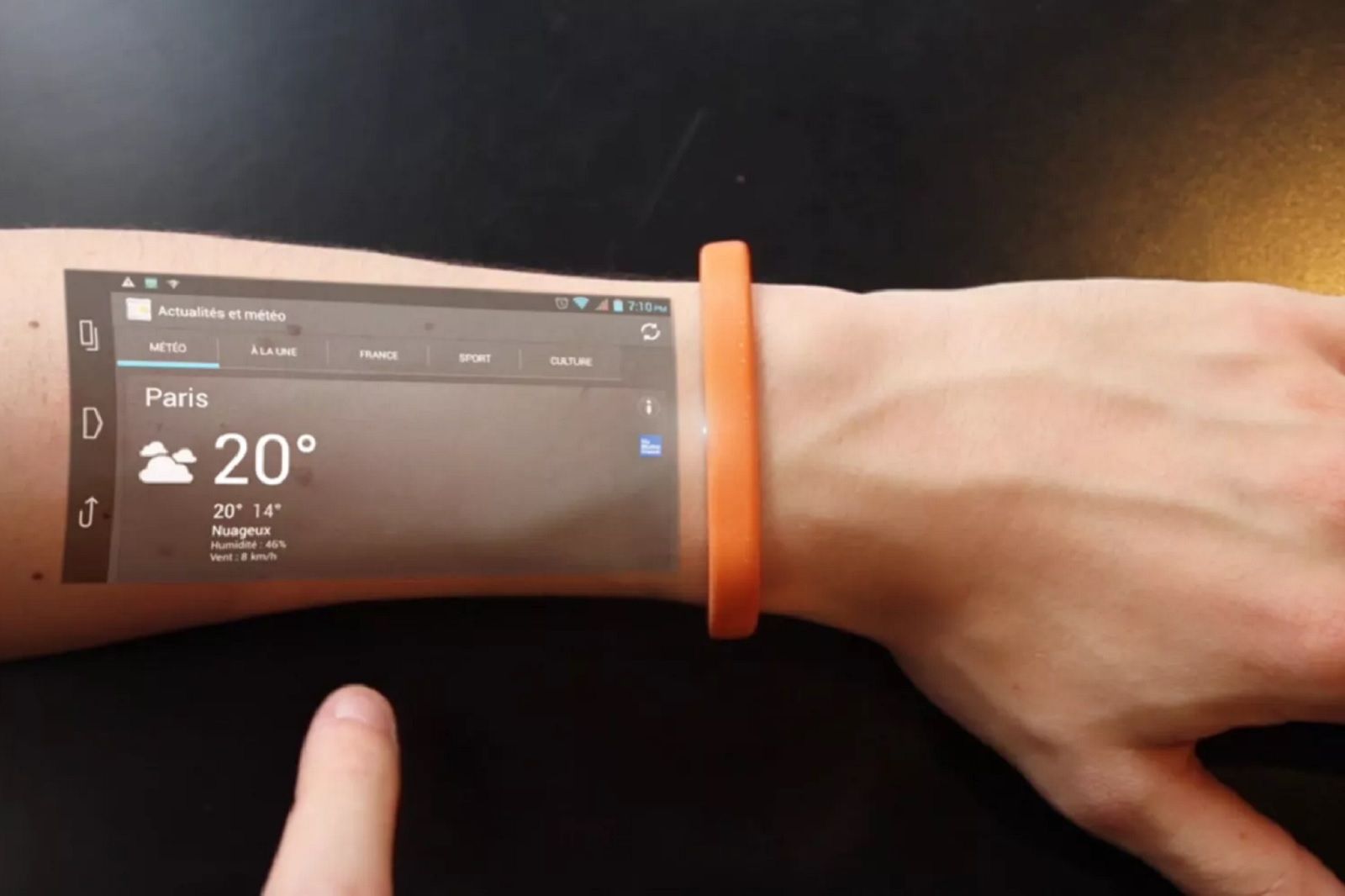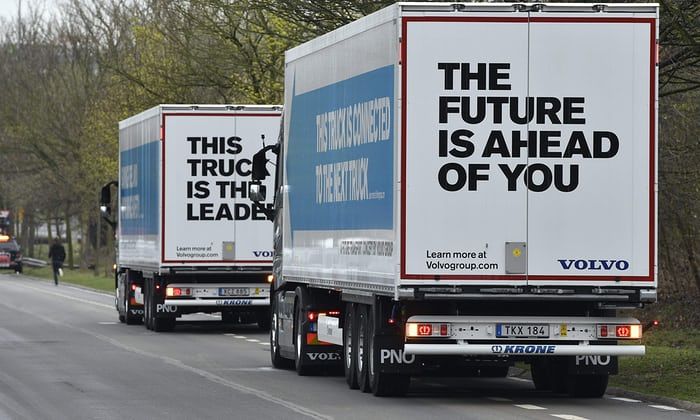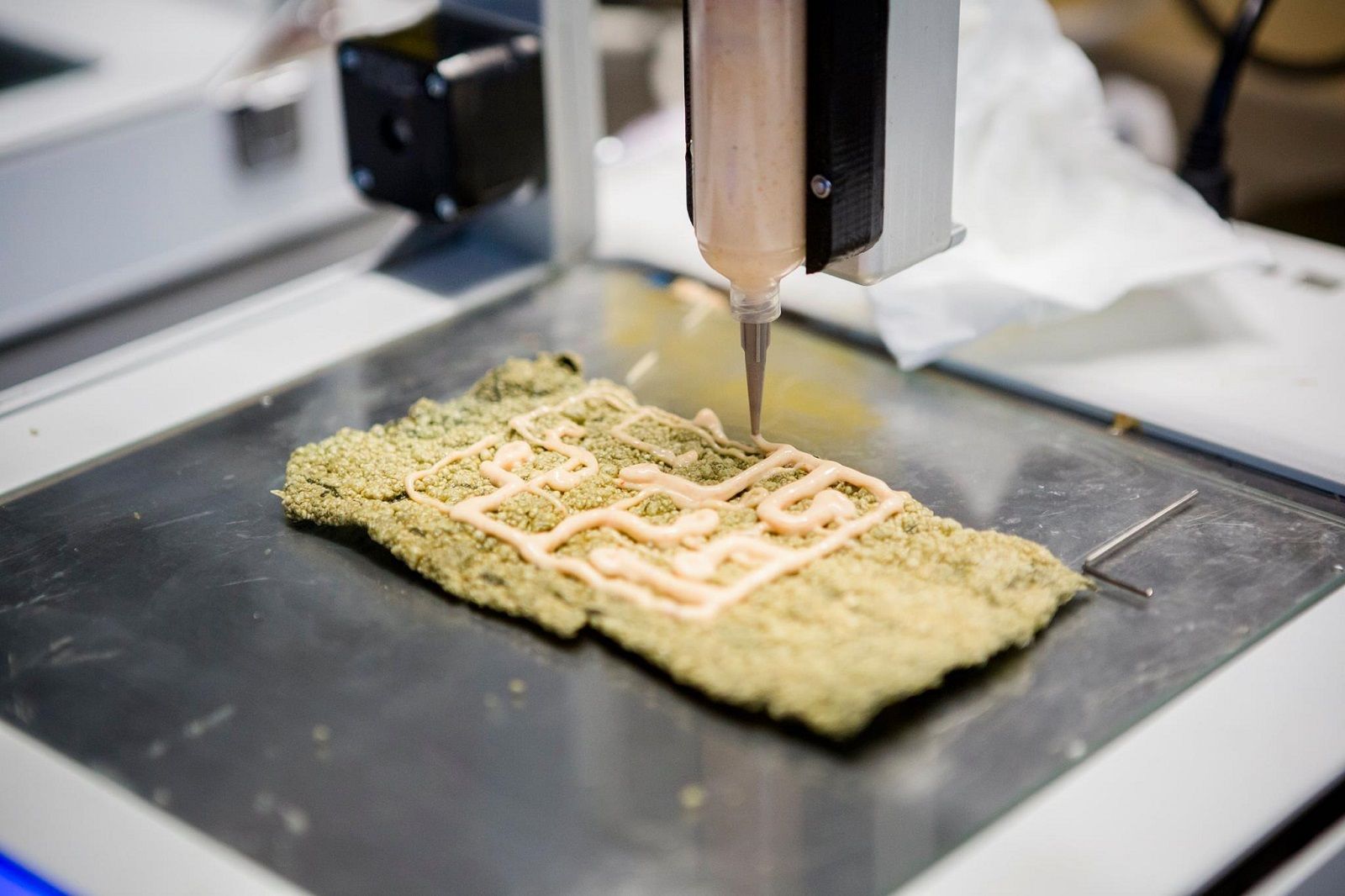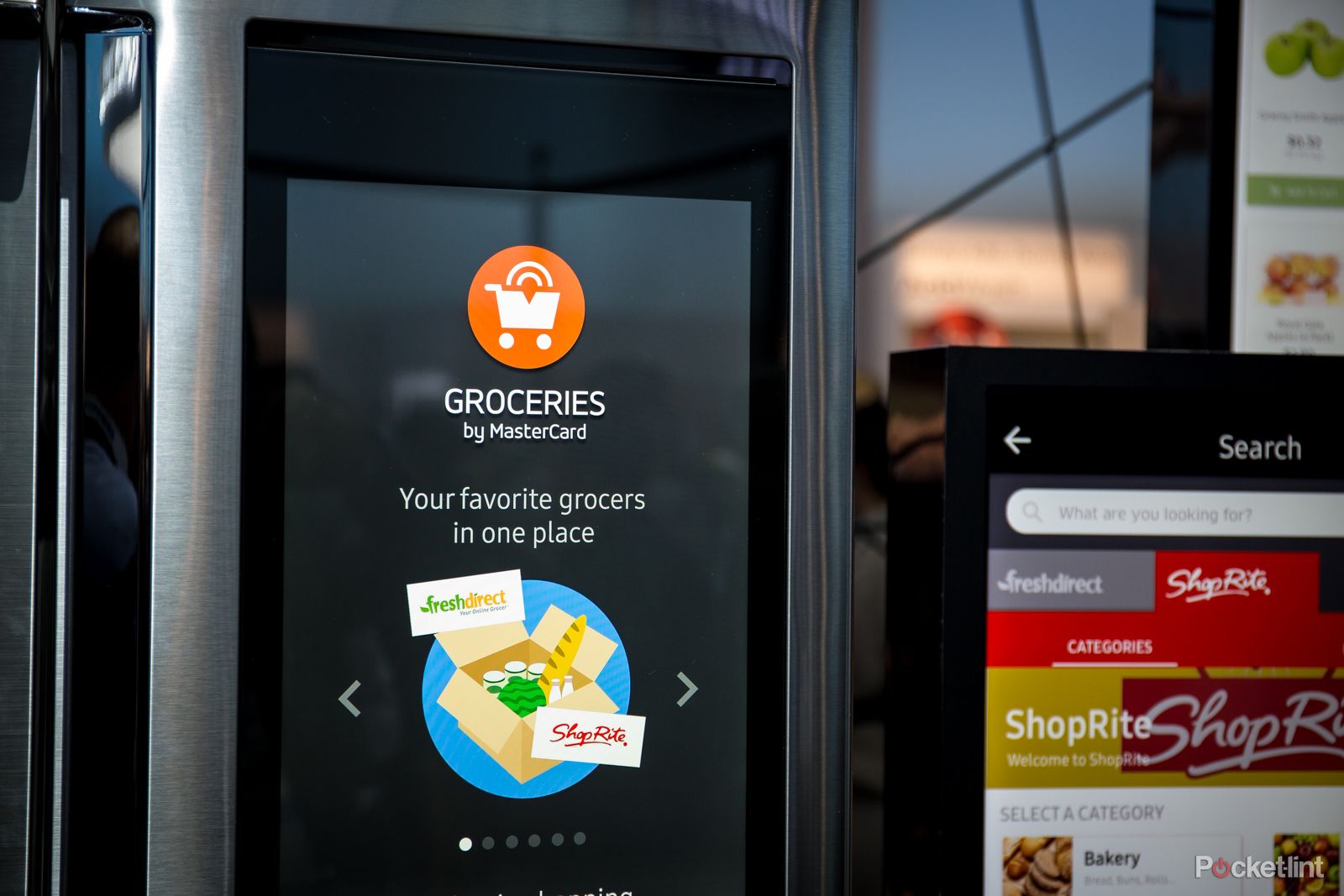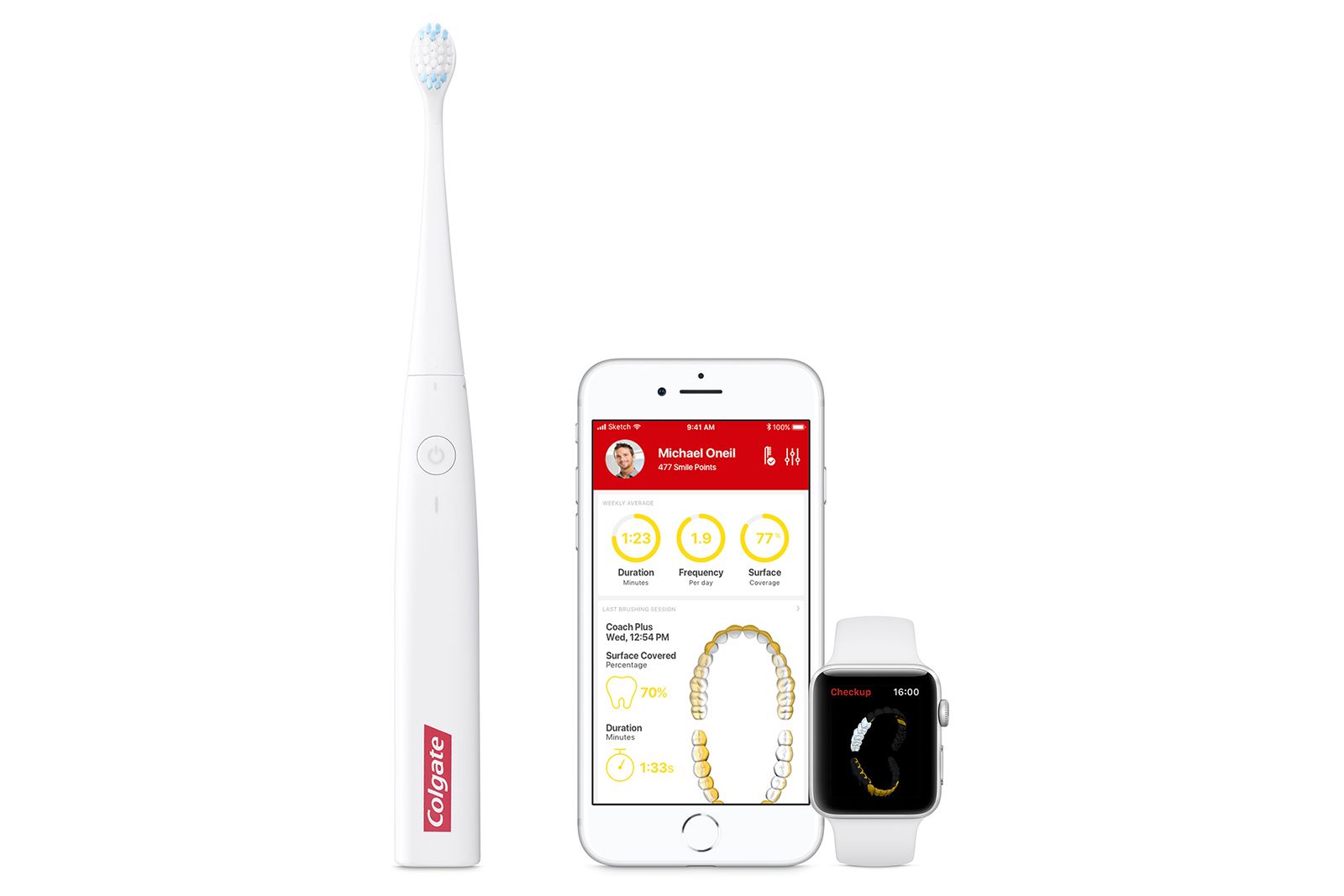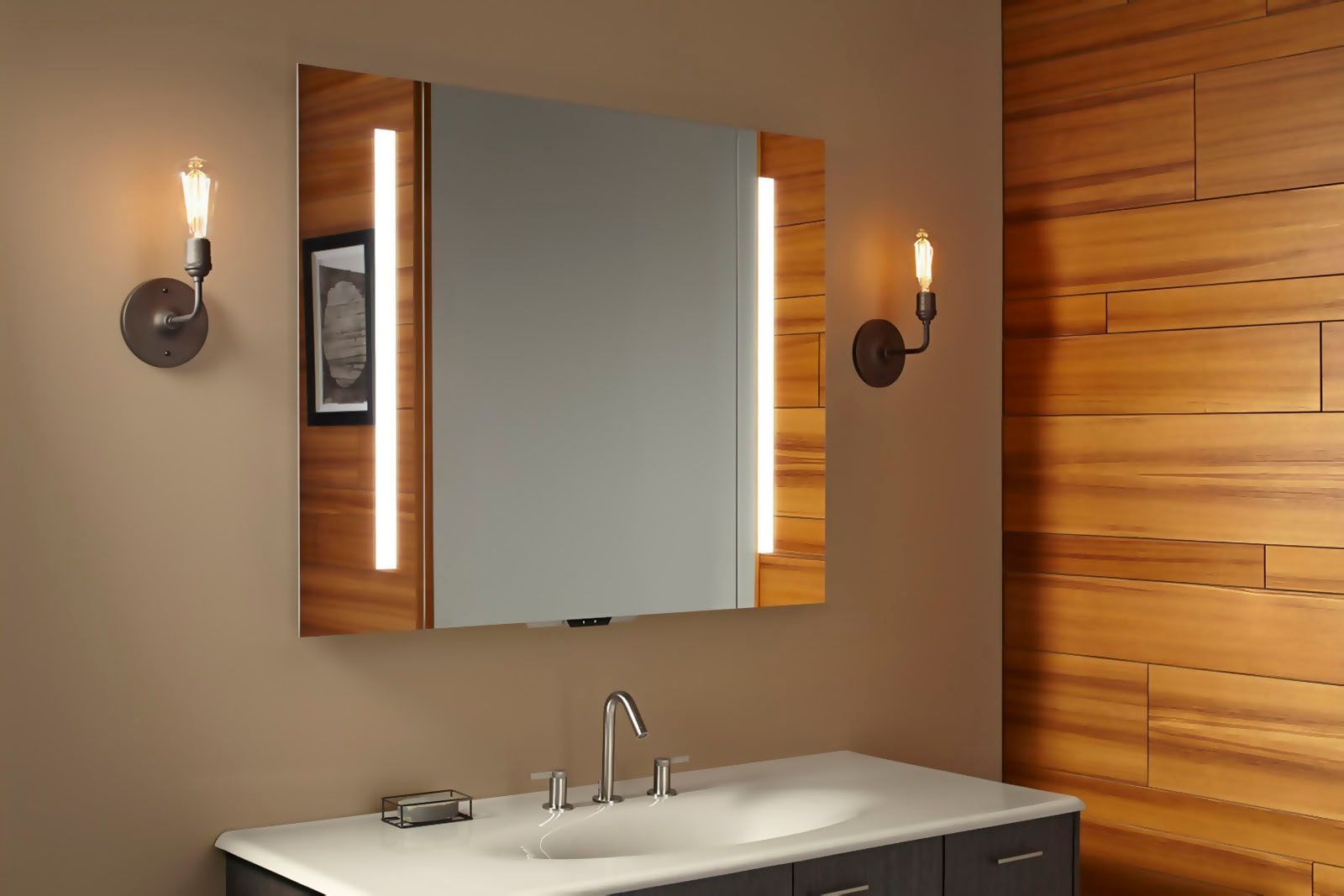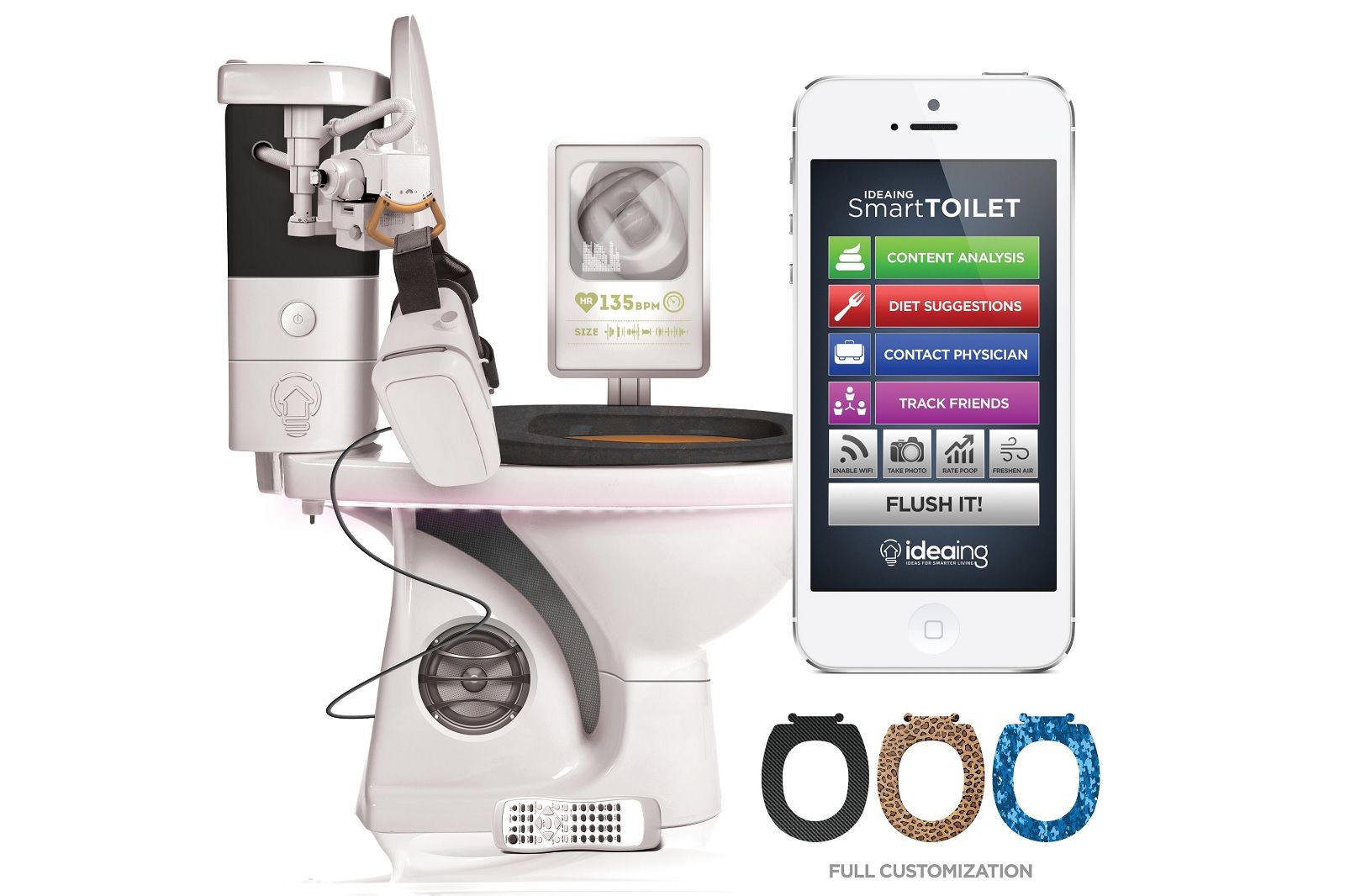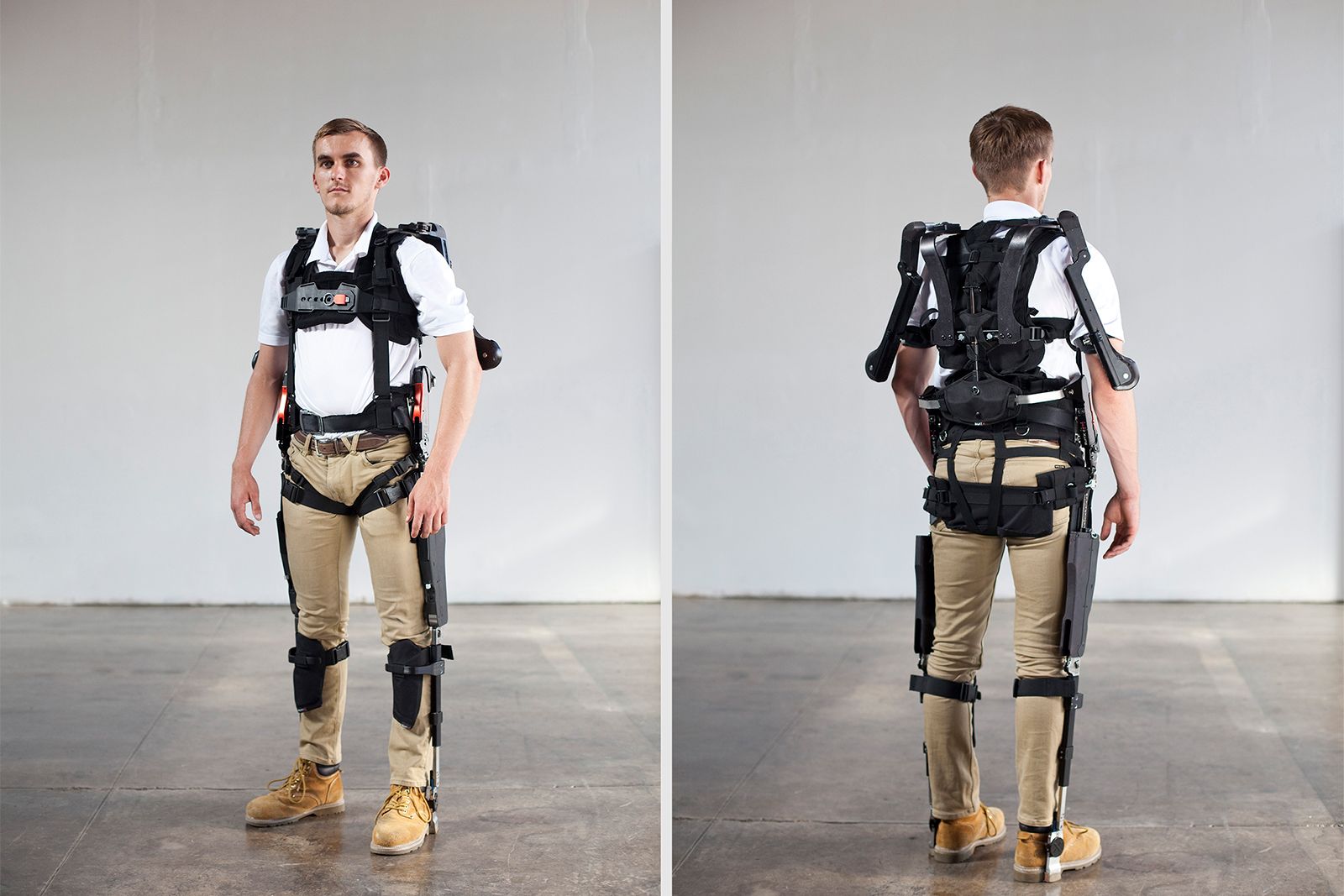Technology has the power to do many things, and changing the world is one of them.
We are privileged to live in a time when science and technology can help us, make our lives easier, and rethink the ways we go about our daily lives.
The technology we have been exposed to and become accustomed to has already paved the way for further innovation, and this list of current and future technologies certainly has the potential to change our lives even further.
Here's our list of techniques that will do just that probably Changing our lives forever over the next decade and beyond.
1 Space tourism
Blue original
We can fly to almost any country in the world without any problem, but what if one day we could all see the Earth from space?
Companies like Virgin Galactic, SpaceX, and even Amazon's Blue Origin want to make this a reality one day, offering us a (very expensive) seat on a spaceship to take us into orbit. Passengers will be transported aboard Amazon's New Shepard space shuttle to an altitude of 100 kilometers above sea level, before parachuting back to Earth.
2 Human-like robots
Cloned robots
A Polish company called Clone is working on a life-like robotic hand, which aims to have similar characteristics to a real human hand including the same size, shape, muscles and skeleton.
The Clone Hand is an impressive set of tools that provides 27 degrees of freedom through the use of a combination of artificial bones, ligaments and muscles.
The company says 16 AI companies have already requested this hand and more are expected to follow.
Clone is also working on a full Torso and with the rise of AI right now, it wouldn't be hard to imagine a world where we'll eventually have AI machines with human-like structures.
3 Colonization of other planets
Wikipedia
We have been wreaking havoc on Earth for too long and the planet can only endure humanity's destructive nature for so long.
If we do not destroy it, we will overcome it one day. There are plans underway to colonize other planets and Mars will undoubtedly be the first point of contact.
With technological leaps forward, this vision of the future quickly became scientific fact, not science fiction.
4 Robots in space and in the workplace
Pixels
NASA is already sending robots of different shapes and sizes into space. As technology advances, this makes sense. Robots don't need to worry about the oxygen they breathe or the food they eat, and can be packed with sensors to send data back to Earth.
The same applies in the workplace. Robots can take on the most difficult, dangerous and boring tasks to save humanity from troubles and dangers. They can also theoretically work more quickly, efficiently, and with fewer errors, too.
5 Electric/self-driving cars
Tesla
Electric cars are not new. They have been on our roads for some time now and they are getting better.
Car batteries are lasting longer, charging station infrastructure is growing, and self-driving technology is being invested heavily which means it will be coming sooner than you think.
Tesla already has a sophisticated Autopilot mode that can take over some driving controls, but automakers hope one day to let us go completely hands-free.
6 Flying cars
Mueller
When there is no room on the roads, it is not unreasonable to think that we might fly into the sky. There are already a lot of interesting flying car designs that show that this future is a realistic possibility.
Perhaps if it weren't for flying cars, we might all have other forms of personal transportation — jetpacks, for example, have been a popular pursuit of inventors and thrill-seekers for decades.
7 Robotic servants
pal-robotics.com
Housework, housework, housework. Boring and unfortunately necessary. But what if robots could help you save misery? We've already started with robotic vacuum cleaners and smart home appliances. There are larger, more useful robots emerging as well.
We could easily live in a future filled with helpful robots that help out around the house as servants, cooks, or general canine bodies.
8 Roads over rivers
Wired
Space is limited and runs out quickly – especially in crowded urban areas.
This concept shows a future where roads and living spaces have moved over water. When self-driving vehicles do all the work and fast enough, trans-oceanic journeys in this way may not be unrealistic either.
9 Solar panel technology
Pocket lint
Solar panels are another technology that has been around for a while, but their future potential is huge.
Not only can they now be hidden in the tiles on your roof thanks to the Tesla Solar Roof tiles, but some companies are developing ways to integrate them into car roofs, where they'll be able to power the technology inside the car or make the battery last longer.
10 High-speed trains
Hyperloop
Another company backed by Elon Musk, Hyperloop is a high-speed underground transportation system that is currently being built and tested in America. The first planned route will go from Los Angeles to San Francisco. Another route plans to go from New York to Washington, D.C., in 29 minutes instead of the 2 hours and 56 minutes it currently takes.
Underground and underwater high-speed trains could revolutionize not only public transportation, but international travel as well. Imagine being able to quickly travel from one country to another in the same time it currently takes to travel between cities.
11 Working in virtual reality
Unicornhunt
Augmented reality, or AR, has some amazing potential. It's been around for a while now, in the form of various apps that can overlay information around you and is different from VR because it overlays the information rather than just putting you in a virtual reality.
Companies are experimenting with using both augmented reality and virtual reality devices in the workplace. They can be used in many ways including visual representations of diagrams, virtual mockups of products under development, or for simple things like virtual team meetings.
12 Gesture-based computing
DreamWorks Pictures/20th Century Fox
It may have been posted by Minority report, but the concept of gesture-based computing has been around for a while. They also actually appear in many different technologies and are almost second nature to most people anyway.
How many gestures do we actually use every day on our smartphones, tablets and other smart devices? It is plausible to see a future where we are no longer limited to a mouse and keyboard and instead rely on voice and motion to process data in a virtual space.
13 Wearable displays
Circe
We may currently dream of foldable phones and screens, but the future may be screenless.
There are plenty of touchscreen projector-like devices that can project usable screens onto your skin, clothing, or other surfaces. The future of smartphone technology may not require a device in your pocket, but rather something you wear or implant.
14 Driverless trucks
Volvo
Self-driving cars are one thing, but the Transport Research Laboratory (TRL) wants self-driving lorries on UK roads in the very near future.
The idea is to drive up to three trucks in a convoy, with the lead vehicle controlling the acceleration and braking of the two vehicles behind it. The “slave” trucks, despite having a “driver” to direct them, will be able to drive much closer to each other than humans driving, thus reducing fuel costs and emissions.
We will soon be living in a future where our shipments and goods are transported by computer-powered transportation. More efficient and always on time.
15 3D printed food
3ders
We're not in a world where Star Trek replicators exist and we can make anything we want out of nothing. But 3D printing technology is coming quickly and companies are already starting to experiment with printing food.
Is your refrigerator running a little low? No problem for you in the future, just print some cakes, vegetables or even pizza. We're dreaming big here.
3D printing is taking off in other areas as well. From manufacturing aircraft and vehicle parts, to replacing joints like hips, or board game pieces, it still has huge potential to change our lives in the coming years. Materials used in printing are also evolving, and now include graphene, which is “lighter than air” but ten times stronger than steel.
16 The refrigerators you order are yours
Pocket lint
If 3D-printed food sounds unreal, how about a refrigerator that senses when you're running out of something and orders it for you? This technology already exists and improves every year.
Eventually, it will be so common that every home will have one and you will never need to go out to the supermarket again.
17 A smart toothbrush that sends data to your dentist
Colgate
We already have a smart toothbrush that monitors your brushing technique to make sure you're doing a good, thorough job every time you brush.
But what if your toothbrush could send that data to your dentist so he didn't even need to ask you if you flossed daily? Or perhaps less scary, use sensors to monitor your dental health by scanning for cavities or plaque buildup.
18 Smart mirrors check your health
Kohler
A quick look in the mirror every morning gives you a visual cue about how you feel and how you view the outside world.
Now imagine a future where smart mirrors can scan you and tell you about potential health issues, vitamin deficiencies, or warning signs of underlying problems. Proactive information about these symptoms may help you prepare.
19 WC analyzes your deposits
Thinking
Smart toilets are not a new idea. The Japanese are known for having amazing toilets with heated rear seats, built-in bidets, and much more. The toilet of the future may go even further by analyzing your waste to check for disease.
Imagine how effective this device would be in helping people detect signs of bowel cancer early before it becomes a major problem. It can also alert you to nutritional problems or deficiencies that need to be corrected to improve your health.
20 Exoskeleton
NBC News
Robotic exoskeletons are already being used by the military to give soldiers more strength and capabilities, making their job easier, but they can also help people with disabilities, especially those who cannot walk or use their arms to move around easily.
Prosthetic and robotic limbs are already a reality and are proving invaluable, but having a fully robotic body would provide a whole new level of freedom for many around the world.

